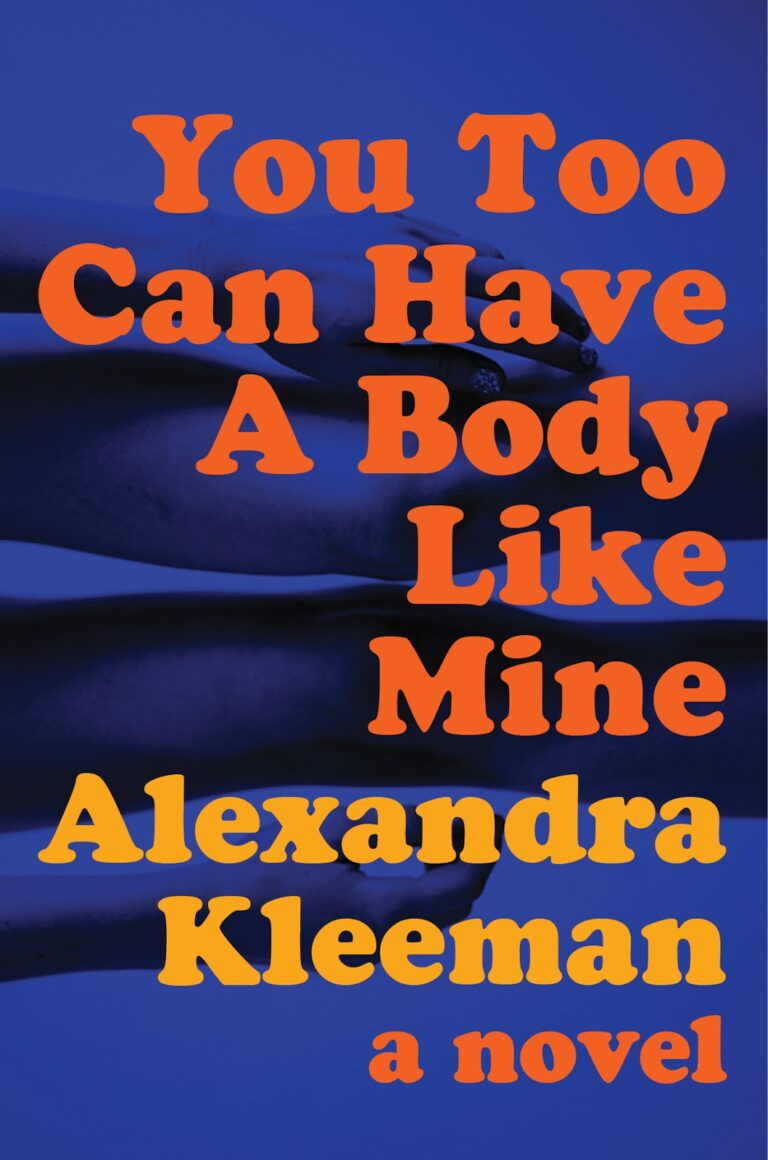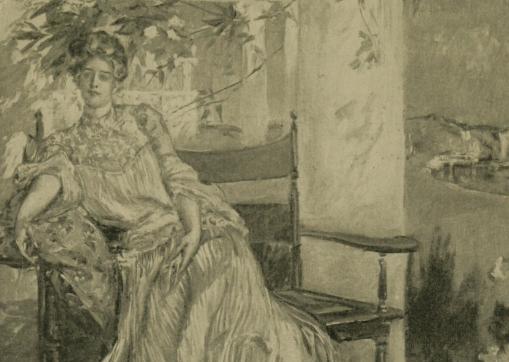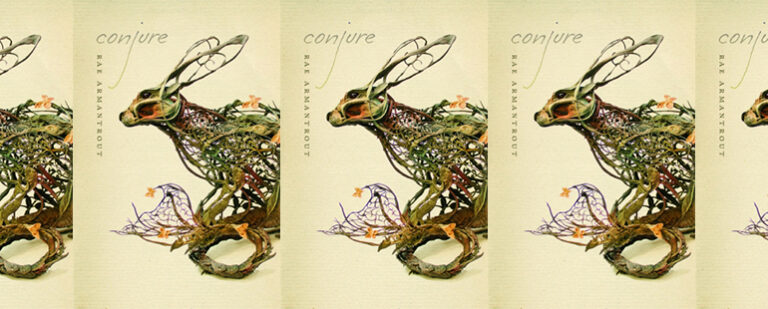In Bookstores Near You
In recent weeks, my colleagues working as advocates and public interest lawyers inside the #BlackLivesMatter movement have been calling upon white people to join their efforts. Voicing support from the sidelines is no longer enough. And so they’ve been sharing lists on their social media platforms: what actions can white people take to help facilitate change? On almost every single list, education and knowledge is a key measure. Americans must understand our history, what problems our legacy set into motion, and how racism manifests itself today in ways both subtle and incontrovertible. Along those lines, my friends who are writers have been circulating reading lists, encouraging people to learn what they don’t know.
Alison Kinney’s Hood (Bloomsbury, 2016) is a terrific place to start, because it deftly maps the historical facts behind hooding (and, oh my, there are so many hoods!) and also untangles our past to demonstrate how people in positions of power frequently subvert ideas of right and wrong, normal and suspicious, law-abiding and criminal in order to maintain and even strengthen their power.
For example, Kinney traces the idea of hooded medieval executioners back to painters and artists who portrayed them as such, though it’s not likely that hoods were worn or that, even if they were, they were intended to mask the identity of the executioner. Particularly in small villages, everyone would have known which family worked in the killing profession. Today, we no longer turn executions into public spectacles because we’re protecting the community from the horror of it. Or so we claim. In reality, limiting the number of witnesses simply shields law enforcement from public accountability. Our “hooded” secrecy in the death chamber—from executioners still wearing hoods today, to firing squads not knowing which gun is loaded, to laws safeguarding the identity of pharmacies producing the killer cocktails, and to contract negotiations disallowing public defense attorneys from speaking out against the death penalty if they want to receive their paychecks—keeps us “hoodwinked.” Kinney reminds us that the only person in the death chamber who truly needs protection, the only one in real danger, is the one strapped to the gurney.
Similarly, Kinney takes on Guantánamo Bay and Abu Ghraib, where hoods—dark plastic sandbags or women’s panties placed over the heads of those being tortured—worked to disorient the wearers and heighten their fear, but they also insulated American military personnel from assigning a human face to their victims. Justifications for what happened at Guantánamo and Abu Ghraib echo the “hooding” of executions: the victims were the terrorists, and the MPs and American citizens were the ones in danger. Here and elsewhere in the book, Kinney makes a stunning move when she points out that even our efforts to “go public” with the knowledge of inhumane acts becomes yet another means of cloaking our guilt. The released photos from Abu Ghraib focused our attention on the MPs pictured rather than the commanding officers who gave the orders, none of whom were convicted of anything. The photos also prevented us from acknowledging other acts that were not captured on film: the rape of one male prisoner with a chemical light, forced masturbation, the incarceration of children, the repeated rape of a 14-year-old girl, etc. The photos limited our knowledge of the event, kept us in the dark.
What I love most about Kinney’s book is the way she tackles language, demonstrating how slippery our rhetoric is—using the word terrorist, for example, to refer to the people whom we are terrorizing. Often, the media considers protests that don’t unravel into “trashing” or ransacking as “non-events,” suggesting that peaceful demonstrations accomplish nothing, mean nothing, and only those that amp up to criminal acts are worth reporting—and then, when reporting or discussing these “real” events, we criminalize protesting. Given our country’s long history of rebellion against powers that would control us unfairly, why do we call African-American demonstrators who vandalize and steal “rioters” and “looters” rather than “radical dissenters”?
The Object Lesson series, published by Bloomsbury Press, covers a wide range of topics: driver’s license, drone, phone booth, hotel, cigarette lighter, bread, eye chart, etc. And like all of them, Kinney’s book takes us on a long historical journey—religious hoods, famous hooded characters, costume and fashion hoods, hoods that look cool, hoods that keep us warm, brand-name hoods, hijabs, burkinis, Masonic hoods, KKK hoods, hoods, hoods, hoods! The closing chapter culminates with the most climactic event in the history of the hood—Trayvon Martin’s murder. Here, Kinney spins our “macabre dance” with hoods into one powerful diatribe against the “hooding” of young black males. Hood, ultimately, is the map that shows us how we arrived at our racial troubles today; it’s a historical lesson that calls us to action. By reading it, we participate in the movement against racial hatred.

Alison Kinney
Hood.
New York: Bloomsbury Press, 2016.
164 pp, 16.95
**video footage from TexasHighDef; music by CrazyNightHawk, adapted from Billie Holiday’s “Strange Fruit.”


